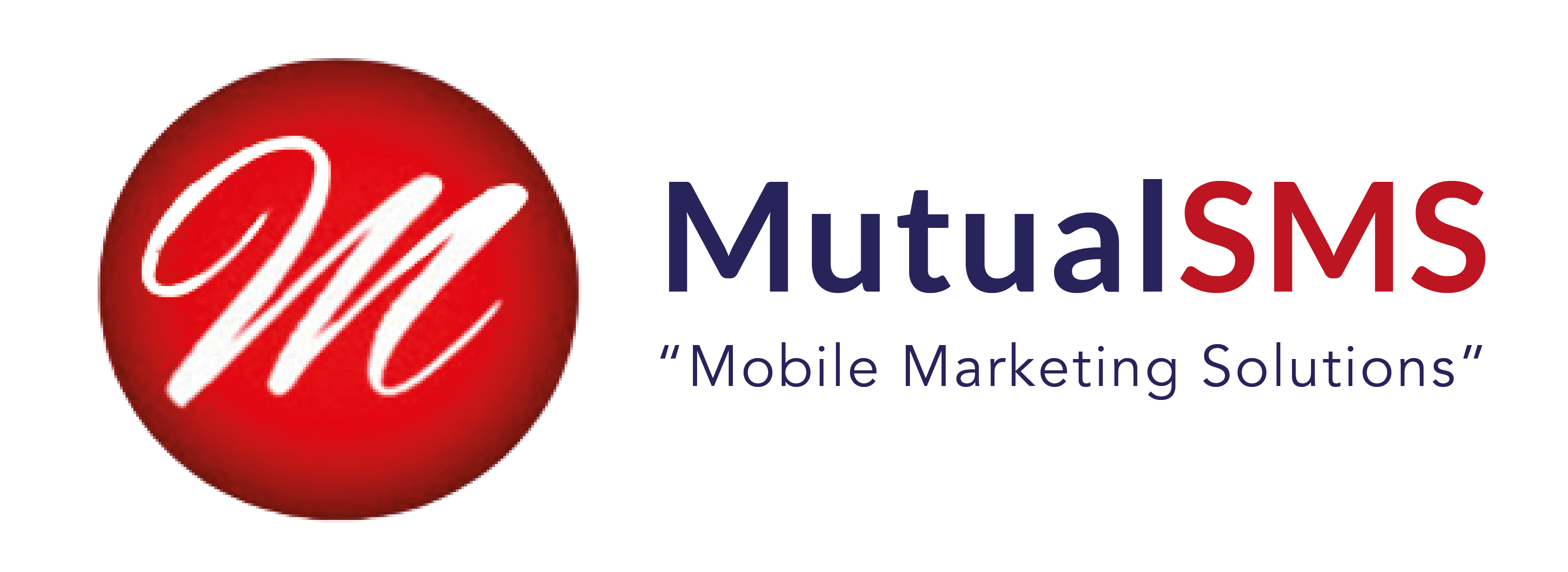SMS Quick Guide
Short Messaging Service (SMS), otherwise known as text messaging, mobile messaging or alphanumeric paging is a digital cellular network feature. It lets you send short text and numeric messages to and from digital cell phones, cell phones and email addresses, as well as cell phones and public SMS messaging gateways on the Internet.
Messages generated by SMS are immediately delivered directly to your phone. Most carriers offer SMS alerts (information packets, such as stock quotes, sports scores and news) that can be delivered to your phone at regularly scheduled intervals.
Currently, there are approximately 18.7 billion SMS messages sent globally every day, with the majority of that traffic occurring in Western Europe and Asia. In North America most major cellular providers offer either one-way or two-way SMS to their subscribers. With one-way service, you can receive messages; while with two-way service, you can both receive and send messages.
The Short Message Service (SMS), as defined within the GSM digital mobile phone standard has several unique features:
A single short message can be up to 160 characters of text in length. Those 160 characters can comprise words or numbers or an alphanumeric combination. Non-text based short messages (for example, in binary format) are also supported. These are used for ring-tones and logo services for instance.
The Short Message Service is a store and forward service, in other words, short messages are not sent directly from sender to recipient, but always via an SMS Center instead. Each mobile telephone network that supports SMS has one or more messaging centers to handle and manage the short messages.
Short messages can be sent and received simultaneously with Global System for Mobile Communications (GSM) voice, data and Fax calls. This is possible because whereas voice, data and Fax calls take over a dedicated radio channel for the duration of the call, short messages travel over and above the radio channel using the signaling path. As such, users of SMS rarely if ever get a busy or engaged signal.
Ways of sending multiple short messages are available. SMS concatenation (stringing several short messages together) and SMS compression (getting more than 160 characters of information within a single short message) have been defined and incorporated in the GSM SMS standards.
DATA BASE COLLECTION
The most important part of the whole process is to get your customers’ permission to send them text messages. It would be disastrous to have a customer feel like he was being spammed by you, and there are laws against it as well. Cell phones are very personal to people. This means that they will be extra unhappy if they receive unsolicited messages, but it also means that they will pay more attention to messages that they agree to receive. This is what makes text message advertising so powerful.
Collection of your data base of customers can be accomplished in many ways:
- In Store – have them text your keyword, from their cell phone to your ten (10) digit phone number
- Online – sign up at your website
- Email – email your customers about your new VIP club and include information on how they can join
- Phone – call your customers directly and invite them to join
- Direct mail – send your customers an invitation to join or include club details in your next mail ad
- Print communications – include sign-up details in your newspaper ads, flyers, brochures and other printed materials
- TV and Radio – invite your audience to join your VIP network by asking them to send a text message to your keyword at your ten (10) digit phone number
- In person – invite your customers to join when they are in your place of business
SENDING MESSAGES
- Once a data base of opt-in customers has been collected, you are ready to begin the Text Message Marketing Campaign.
- Create a message to send your customers. Remember, text messages cannot be longer than 160 characters.
- Choose recipients from the data base of customers that you have been collecting.
- Send your messages immediately or schedule them to be sent at a later time.
With our turnkey solution, these three steps are simple and straightforward to complete. This system does not require any special training whatsoever and we’ll be available to support you every step of the way.
Supported carriers: AT&T, Verizon Wireless, Sprint, Nextel, T-Mobile, Alltel, Virgin Mobile, Cellular One, US Cellular, Cspire, Boost and others.
